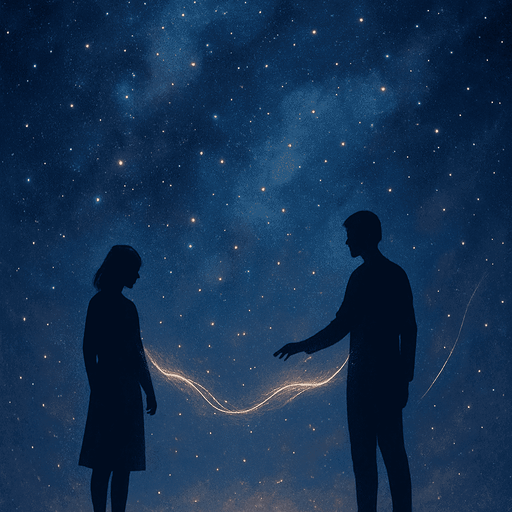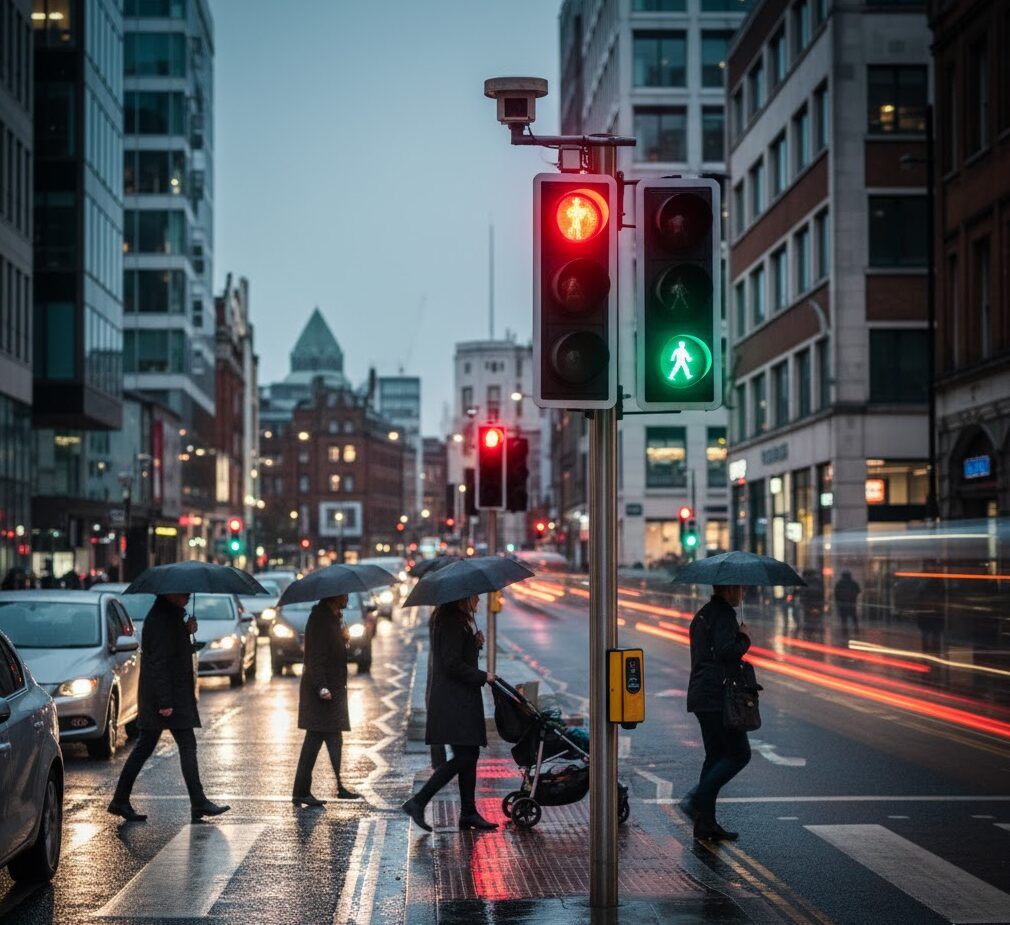Invisible String Theory: What Is It?
Have you ever had the impression that you had known someone for ages when you first met them? Or did you find yourself, almost as if something guided you there, in the right place at the right time?
Some refer to it as fate. Some refer to it as a coincidence. However, the Invisible String Theory is a theory that is part mystery and part philosophy. It implies that invisible threads bind us together, directing our movements and tying people and events together in ways we cannot see but frequently sense.
Let’s examine this intriguing concept in more detail and see why more people are starting to think that life may be more interconnected than it first seem.
🌌 Where Did the Idea Come From?
Unlike scientific theories like gravity or evolution, Invisible String Theory doesn’t come from labs or research papers. Instead, it’s a symbolic idea one that’s been echoed in songs, stories, and cultures around the world.
In essence, it proposes that there are invisible strings tying people together, pulling them toward certain places, decisions, or relationships. These strings aren’t physical you can’t measure or touch them but they show up in the way life unfolds.
🧵 The Red Thread and Other Ancient Beliefs
Centuries before the internet ever existed, humans believed in invisible connections. One famous example comes from Chinese legend:
“An invisible red thread connects those who are destined to meet, regardless of time, place, or circumstances.”
Similarly, in many spiritual traditions:
-
Hindus believe in karmic ties spanning lifetimes.
-
Buddhism speaks of interdependence how all things are linked.
-
Western thinkers like Carl Jung introduced the idea of synchronicity meaningful coincidences that aren’t really random.
These beliefs all point to the same truth: we’re more connected than we realize.
🧠 Psychology & The Feeling of Being “Tied” to Someone
Science hasn’t proven invisible strings exist but that doesn’t mean the feeling isn’t real. Psychologists suggest that humans are wired for connection. When we form deep emotional bonds or meet people during intense life events, our brains create strong memories and associations.
You might:
-
Feel emotionally “linked” to someone you haven’t spoken to in years.
-
Think of someone randomly, only for them to message you minutes later.
-
Sense that a certain place or decision is “calling” you.
Are these coincidences? Maybe. But to many, they feel like more like threads being gently pulled.
🧬 Science’s Take: Is There Any Basis?
While the term itself isn’t scientific, some concepts in modern physics do resemble it metaphorically:
-
Quantum Entanglement: Two particles can be linked across vast distances — change one, and the other changes instantly.
-
The Butterfly Effect: A small event in one place can trigger huge consequences elsewhere.
-
Neural Mirroring: Our brains often reflect others during shared emotional moments, creating real-time mental connections.
These ideas don’t prove invisible strings exist — but they do show that the universe is filled with surprising, invisible links.
🛠 How It Relates to Everyday Life
In our digital age, invisible strings are everywhere from recommendation algorithms to location-based apps. It’s not always fate or magic; sometimes it’s data quietly connecting us behind the scenes.
Still, real-life stories keep the mystery alive:
-
People missing flights and later realizing it saved their life.
-
Long-lost friends meeting again under strange circumstances.
-
A book or article showing up right when it’s needed most.
It’s moments like these that make people stop and wonder — is something greater at work?
🔗 A Real-World Read on Unseen Forces
A deeper dive into the benefits of discomfort — and how struggle shapes us can be found in this article on The Comfort Crisis. It offers insight into why life’s challenges might be connected to growth, much like the tug of an invisible string guiding us toward something better.
💡 How to Make Sense of It All
You don’t need to fully “believe” in invisible strings to see their value. Here’s how the idea can positively influence your mindset:
-
Be more open to chance: Unexpected moments might be part of a bigger picture.
-
Stay connected: Keep relationships alive you never know which one is pulling your string.
-
Trust the journey: Even detours might lead you to where you were meant to go.
Whether you’re spiritual, scientific, or simply curious, viewing life through this lens can add depth and wonder to everyday experiences.
🧭 Final Thoughts: Just a Metaphor, or Something More?
The Invisible String Theory might never be proven. It might not appear in textbooks. But in the hearts of those who’ve felt “guided,” who’ve seen unlikely paths cross, who’ve watched timing line up perfectly. it’s more than just imagination.
📚 You Might Also Like
If you enjoyed this topic, check out these related reads:














Leave a Reply